In this blog you will discover How do AquaCal Heaters work. In an era when…
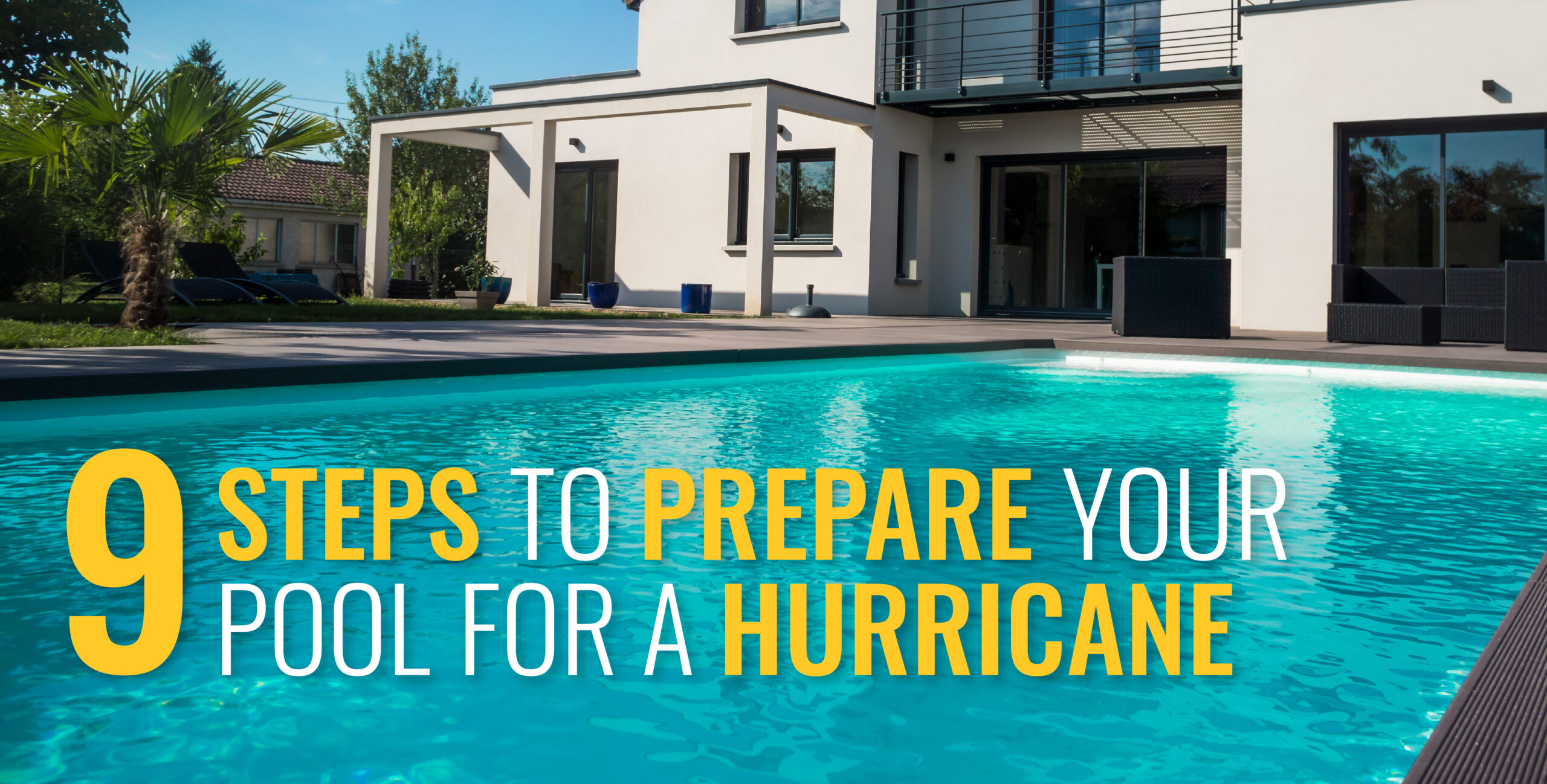
Safeguarding Your Heat Pump Pool Heater: Hurricane Preparation Tips
As hurricane season approaches, it’s crucial to ensure the safety of your property, including your AquaCal® heat pump. These powerful storms can cause significant damage if not properly prepared for. Our systems do not require specific preparation for such weather systems. However, there are steps that can help protect your pool equipment, including your heater. In this article, we will provide you with essential tips:
POOL PREPARATION BEFORE A STORM
- Increase your chlorine level to 10 ppm, the extra chlorine will protect the water, we recommend to use AutoPilot Salt Chlorine generators that offer a simple to control from your phone, but you can always use other methods. Your filtration and sanitization system will likely be turned off for an extended period. This will be dependent on power availability.
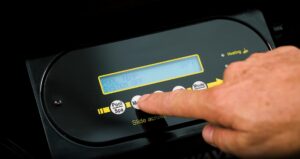 To safeguard your heat pump, pool heater and other equipment, it’s essential to power it down and disconnect it from the electrical supply before the hurricane hits.
To safeguard your heat pump, pool heater and other equipment, it’s essential to power it down and disconnect it from the electrical supply before the hurricane hits.- Ensure that all loose components, such as removable panels or covers, are securely fastened or removed. These items can become hazardous projectiles during high winds. Additionally, if you have a pool cover, secure it tightly to prevent damage.
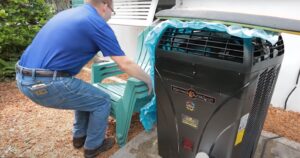
- To prevent water damage to your pump motor, cover it in a plastic bag or any waterproof material you have available. Also check that it is properly secured.
- If your pool area is prone to flooding, as we show on various of our videos, it’s advisable to elevate the heat pump pool heater to prevent water damage.
- A pool can float out of the ground when the ground around it becomes over-saturated. To prevent this from happening, DO NOT drain any water from your pool. The weight of the water in the pool will help hold it in place.
- Prune dying or weak branches around your pool equipment to minimize debris and damage to your pool and equipment.
- Before the hurricane arrives, document and photograph the current condition of your heat pump pool heater. This step will be valuable for insurance claims if any damage occurs during the storm.
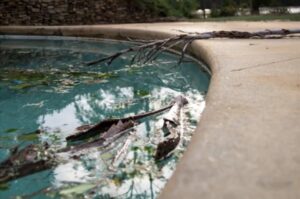
- Once the hurricane has passed, conduct a thorough inspection of your heat pump pool heater before turning it back on. Look for any visible damage, loose connections, or signs of water intrusion. If you notice any issues or are uncertain about its safety, contact a professional technician to assess and repair the system.
WATER CHEMISTRY after THE storm:
Once your system is back up and running, it is time to turn your attention to the water chemistry in your pool water. Due to all the rainwater, you might need to re-balance the chemicals.
Utilizing the chart below, you will be able to determine your pool water balance. Water is properly balanced if the SI (Saturation Index) is 0 ± 0.3. If SI is greater than 0.3, scaling and staining will occur. If SI is less than -0.3, then the water could be corrosive to metallic fixtures and aggressive on some plaster surfaces and vinyl liners.
When the SI (Saturation Index) is too high or low it can also cause damage to the pool finish or your swimming pool equipment. The basic rule is: high calcium concentration, total dissolved solids, pH, and alkalinity all promise a greater tendency for scale. Scaling potential also increases with higher temperatures.
pH + TH + CF + AF + SC + Saturation Index
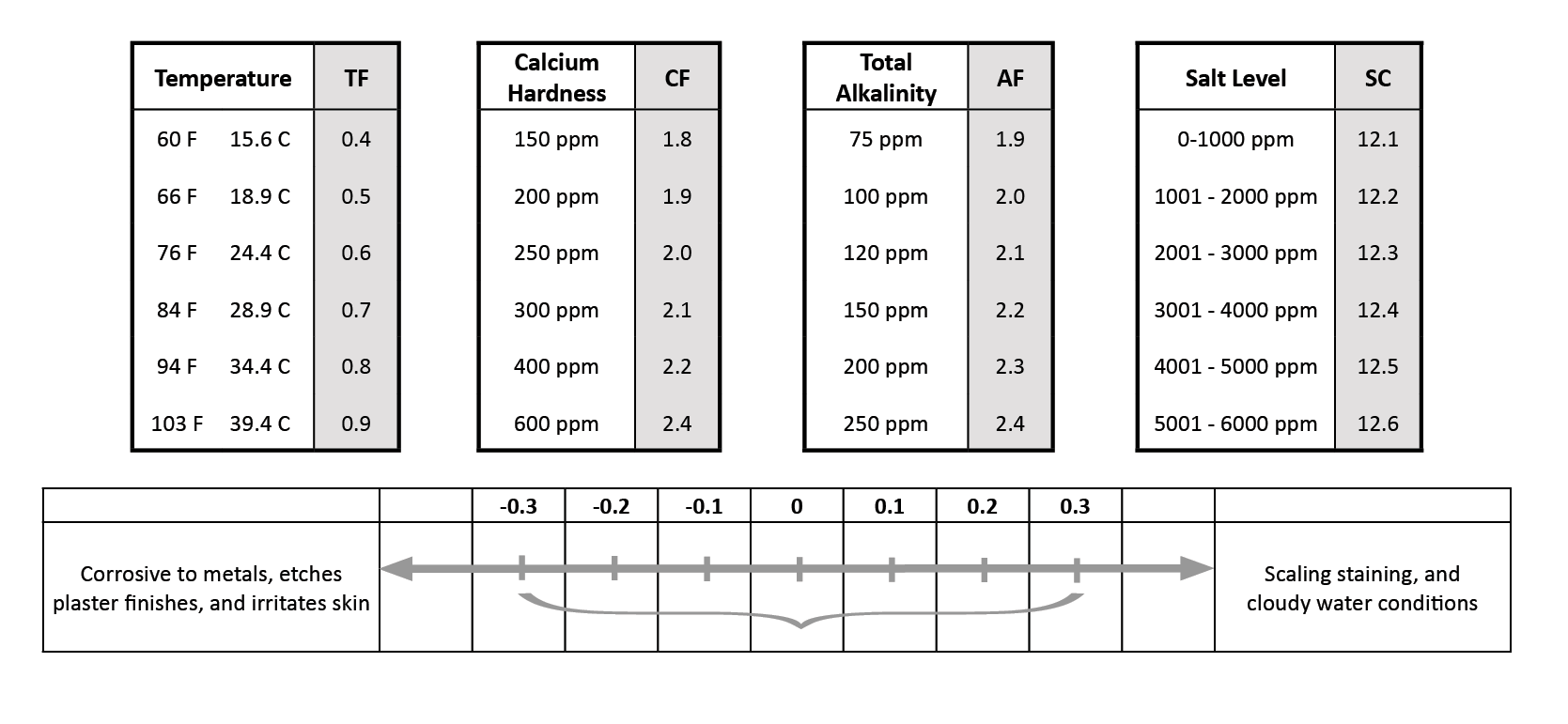 Once you have determined your balance levels, take the proper corrective actions should be taken to rectify, if necessary. The following chart provides you with the recommended chemistry ranges as well as corrective actions for your reference:
Once you have determined your balance levels, take the proper corrective actions should be taken to rectify, if necessary. The following chart provides you with the recommended chemistry ranges as well as corrective actions for your reference:
| Chemical | Ideal Range | Ideal Test Schedule | Effect of Low /High Levels | Corrective Actions |
| Free Chlorine | 1 to 3 ppm | Weekly | Low free chlorine: Not enough residual chlorine to safely sanitize pool water. High free chlorine: corrosive to metallic fixtures in pool water. Can bleach swimwear and hair. | Low free chlorine: Check for combined chlorine level and shock as necessary. Increase purifier output to maintain a 1 -3 ppm residual reading. High free chlorine: Decrease purifier output. Let chlorine dissipate normally until 1-3 ppm is achieved. In extreme cases, pool water can be diluted with fresh water or a chlorine neutralizer added. (Diluting will reduce salt and CYA . Check and adjust as needed.) |
| pH | 7.2 to 7.8 ppm | Weekly | Low pH: (acidic) Equipment corrosion, eye/skin irritation, plaster etching, rapid chlorine consumption. High pH: (basic) Scale formation, cloudy water, eye/skin irritation, poor chlorine effectiveness. | Low pH: Add sodium carbonate or soda ash. High pH: Add muriatic acid or sodium bisulfate. |
| Total Alkalinity | 80 to 100 ppm | Monthly | Low TA: Eye irritation, pH “bounce” stained/etched plaster and metal corrosion. High TA: Constant acid demand, difficulty in maintaining pH, contributes to scale formation or cloudy water conditions. | Low TA: Add sodium Bicarbonate. High TA: Add muriatic acid often, a little at a time (may take a week or more to lower the TA). |
| Salt | 3000 to 3500 ppm | Monthly | Low Salt: Below 2,500 ppm causes premature cell failure and reduces chlorine. production High Salt: Above 6,000 ppm can cause corrosion of metallic fixtures and will taste salty. | Low Salt: Add salt according to your salt chlorine generator’s recommendation chart. High Salt: If undesirably high, partially drain and refill the pool with fresh water. (Diluting will reduce CYA. Check and adjust as needed.) |
| Calcium Hardness | 200 to 400 ppm | Monthly | Low CH: Etching of plaster, equipment corrosion. High CH: Scale formation, cloudy water. Rapid buildup of scale may exceed the system’s self-cleaning capability and require manual cleaning of the salt chlorine generator cell. |
Low CH: Add calcium chloride flakes. High CH: Partially drain and refill pool with fresh water to dilute. (Diluting will reduce salt and CYA. Check and adjust as needed) Please note – in some areas there may be higher than recommended calcium levels in the tap water. If this level is seen, call the factory for advice on this condition. |
| Cyanuric Acid (CYA) Stabilizer | 60 to 80 ppm | Monthly | Low CYA: Destruction of chlorine by the UV rays from the sun. High CYA: Requires more chlorine to maintain proper sanitizer levels. Note: CYA not needed for indoor or bromine pools. |
Low CYA: Add cyanuric acid (1lb/5000 gallons increases CYA 25 ppm). High CYA: Partially drain and refill pool with fresh water to dilute. (Diluting will reduce salt. Check and adjust as needed.) |
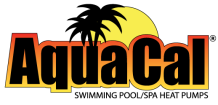

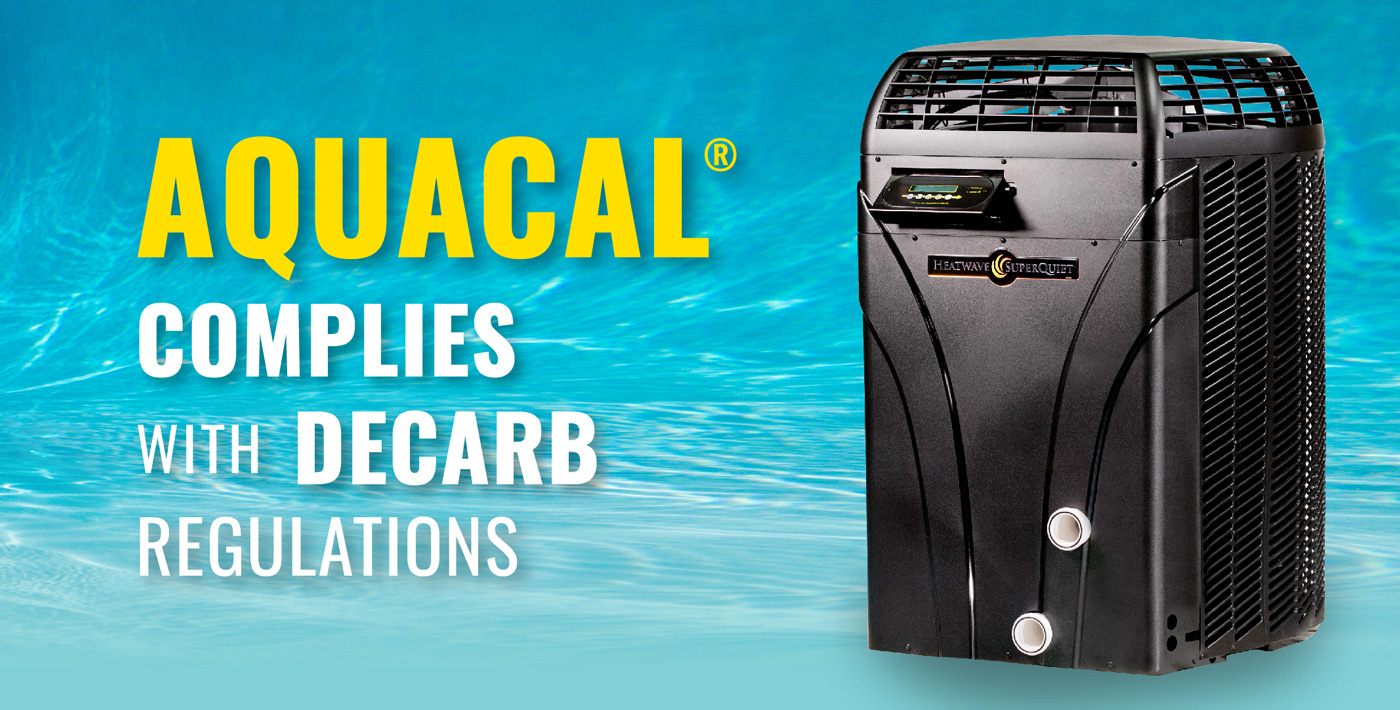
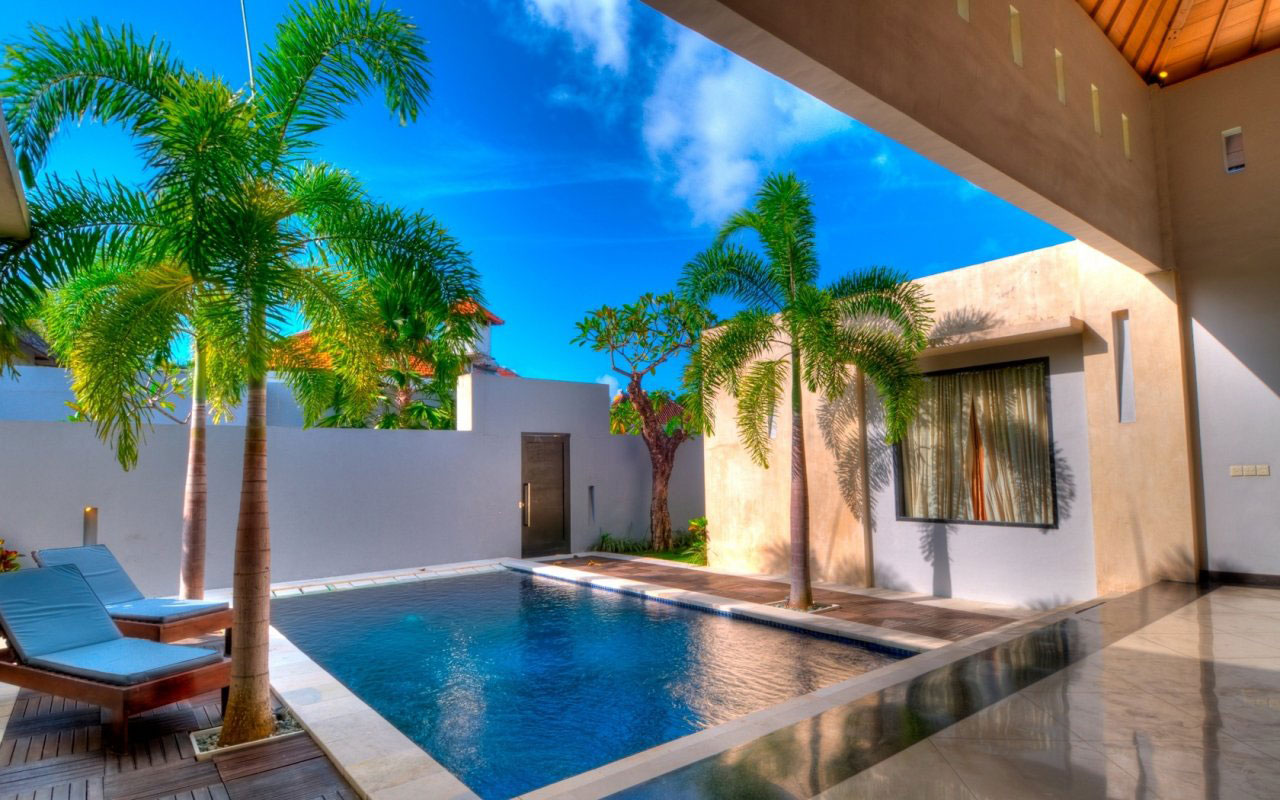
This Post Has 0 Comments